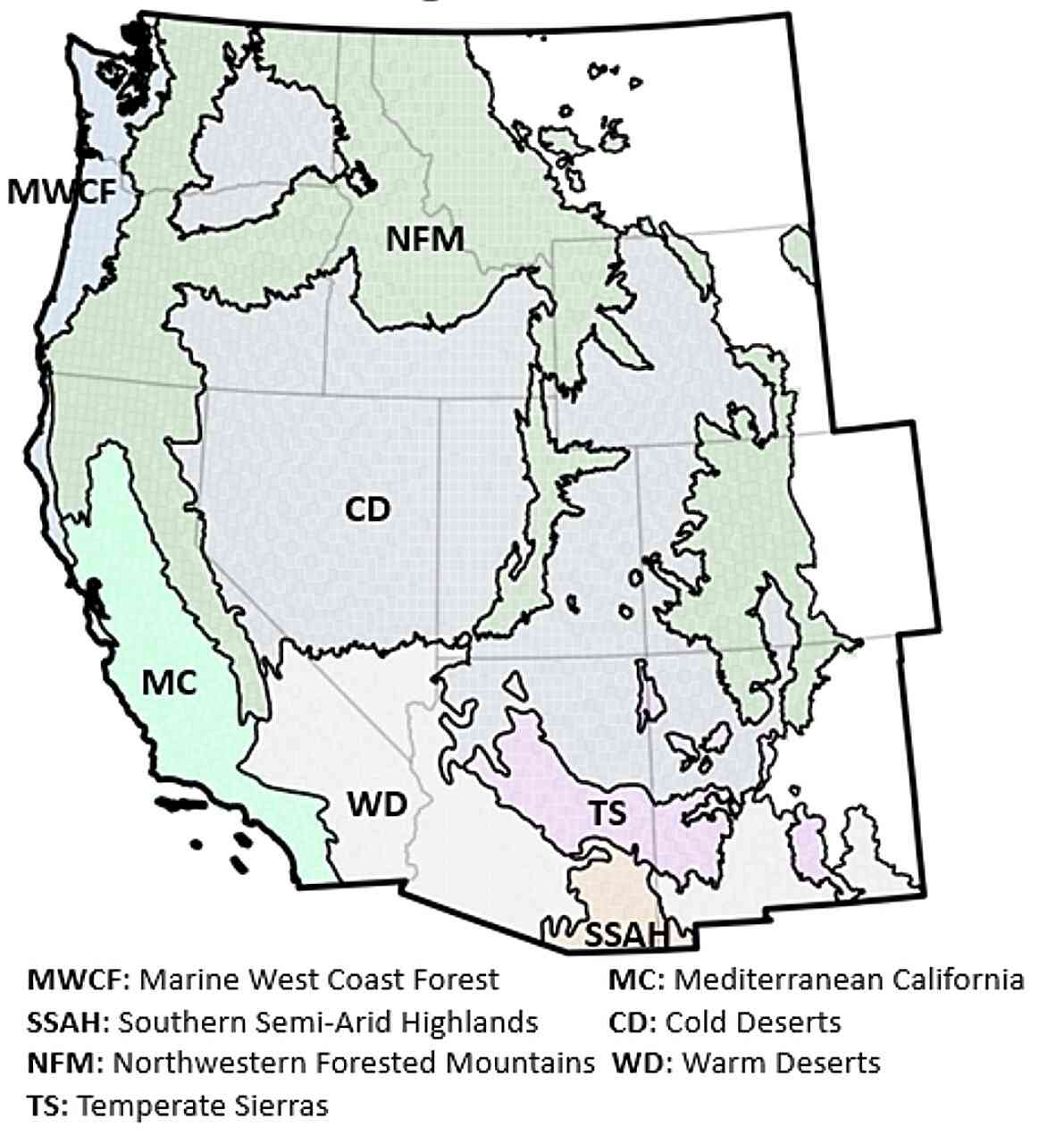Human-caused fires growing faster than lightning fires in Western US, study suggests
A study published in PNAS Nexus shows that there are almost twice as many risky days for large human-caused fires in the American West as there are for lightning-caused fires, due to differences in the level of heat and aridity under which each type of fire is likely to occur.
The discrepancy is not accounted for in most fire early warning systems. In addition, risky days for human-caused fires are growing faster than risky days for lighting-caused fires as the climate warms.
Fa Li and colleagues focused on Vapor Pressure Deficit (VPD), which captures both dryness and heat, reflecting the difference between the actual air water vapor content and saturation.
The authors used a Bayesian inference algorithm to model the relationship between VPD and the probability of large fires for the largest 10% of fires in each ecoregion in the western United States. The estimated VPD threshold for large fires ranged from 1.1 to 2.1 kPa for human-ignited large fires and 1.8 to 3.1 kPa for lightning-ignited large fires.
One reason for this difference is likely related to the location of the first ignition. Lightning strikes from above, hitting the forest canopy, which is often living and therefore moist. Human-caused fires often ignite at ground level in dried grass or fine dead branches, material which tends to be very dry. Thus, human-caused fires can catch and spread when the atmosphere is wetter.

Across the west, from 1979–2020, about 30 days a year were sufficiently hot and dry for lightning-ignited large fires, while about 58 days a year were sufficiently hot and dry for human-ignited large fires. The number of flammable days for human-caused fires increased 21% more rapidly than the number of flammable days for fires caused by lightning over the same period. Anthropogenic greenhouse gas emissions were responsible for 81% of the increases in human-related flammable days.
According to the authors, the results can help build more accurate models of fire risk.